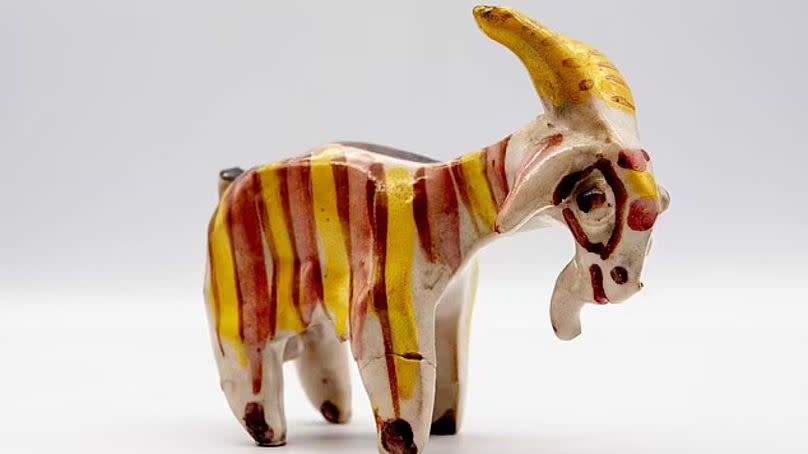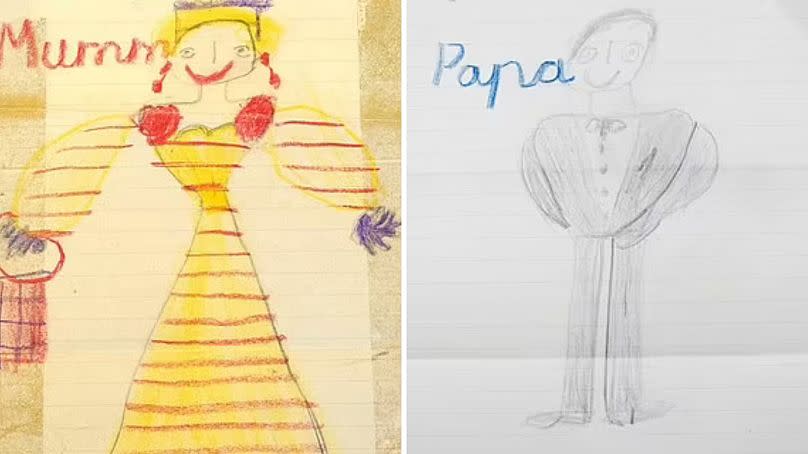King Charles III's ceramic goat sells at auction for a whopping €13,000

A small ceramic goat attributed to King Charles III has been sold at auction in the UK for more than £11,000 (€13,000).
The small ceramic animal, which had been treasured for 55 years by Canadian Raymond Patten, was auctioned last week, selling for a considerable price - all things considered - to a private American buyer.
The newly-discovered artwork hammered at £8,500 (€10,000) - with the premium-inclusive total paid reaching £11,407 (approx. €13,400) at Hansons Auctioneers in Staffordshire.
The ceramic trinket was given to Patten by a great aunt who worked as a cook at Cambridge University, and who told him that then-Prince Charles had made it.

Charles was a student at Trinity College in the 1960s (1967 to 1970), reading Archaeology and Anthropology (and then History), and made the goat during his university days. It is reportedly the only piece of pottery known to have been made by the now-King – thereby explaining the price tag.
What isn’t explained is quite what he was doing making a ceramic goat. But everyone needs a hobby to escape exam revision...
Charles Hanson, of Hansons Auctioneers, said: "Raymond decided to part with the goat due to its historical significance. He is in his retirement years and wanted to find it a new home where it would be treasured for decades to come."
The auctioneers previously sold childhood drawings by King Charles of his mother and father, Queen Elizabeth II and The Duke of Edinburgh.
Inscribed 'Mummy' and 'Papa', they were produced by Charles when he was five or six years old. They achieved a premium inclusive total of £59,800 (€70,000) in June last year.

King Charles III started painting in the 1970s, and he has said it transports him "to another dimension."
In 2022, one of his paintings went on sale – a first for a print of a painting of a reigning monarch. It was described by art critic Estelle Lovatt as: "It's not awful. It's not appalling, but it's not great.”
Feels like that description could apply to the ceramic goat... But then again, if you're part of an archaic system of hereditary power that feels like it belongs to the Middle Ages, there are always going to be buyers.


